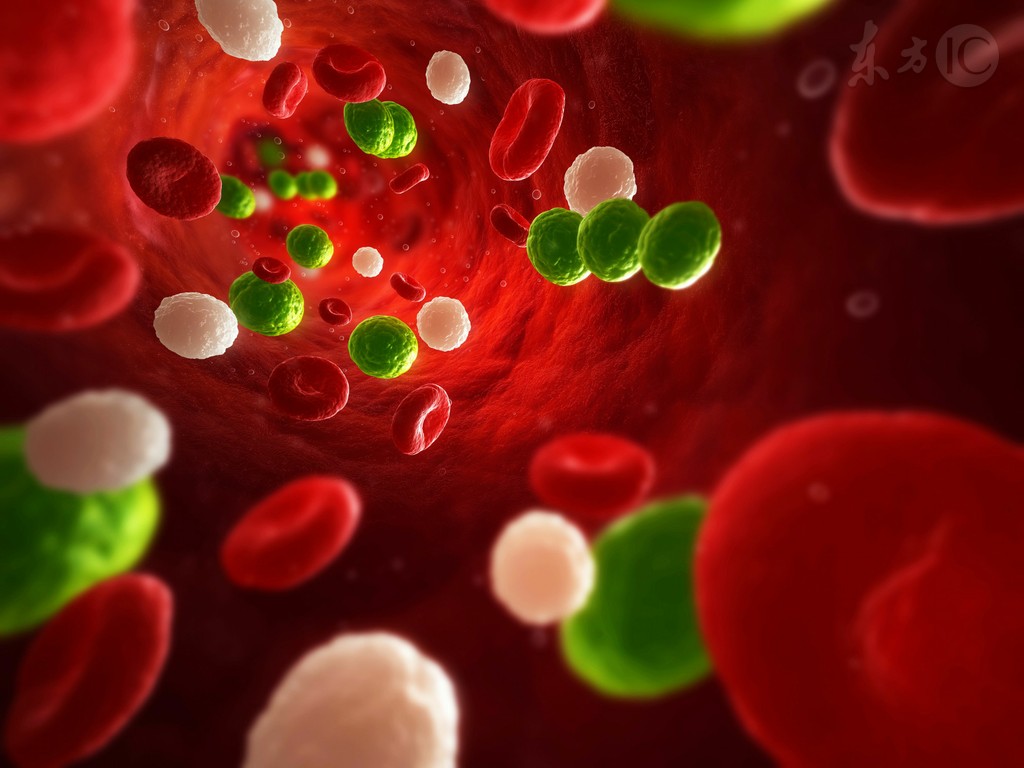A normal body has a complete coagulation and anticoagulation system. The coagulation system and the anticoagulation system maintain a dynamic balance to ensure the body’s hemostasis and smooth blood flow. Once the coagulation and anticoagulation function balance is disturbed, it will lead to bleeding and thrombosis tendency.
1. The body’s coagulation function
The coagulation system is mainly composed of coagulation factors. The substances directly involved in coagulation are called coagulation factors. There are 13 recognized coagulation factors.
There are endogenous activation pathways and exogenous activation pathways for the activation of coagulation factors.
It is currently believed that the activation of the exogenous coagulation system initiated by tissue factor plays a major role in the initiation of coagulation. The close connection between the internal and external coagulation systems plays an important role in initiating and maintaining the coagulation process.
2. The body’s anticoagulant function
Anticoagulation system includes cellular anticoagulation system and body fluid anticoagulation system.
①Cell anticoagulation system
Refers to the phagocytosis of coagulation factor, tissue factor, prothrombin complex and soluble fibrin monomer by the mononuclear-phagocyte system.
②Body fluid anticoagulation system
Including: serine protease inhibitors, protein C-based protease inhibitors and tissue factor pathway inhibitors (TFPI).
3. Fibrinolytic system and its functions
Mainly include plasminogen, plasmin, plasminogen activator and fibrinolysis inhibitor.
The role of fibrinolytic system: dissolve fibrin clots and ensure smooth blood circulation; participate in tissue repair and vascular regeneration.
4. The role of vascular endothelial cells in the process of coagulation, anticoagulation and fibrinolysis
① Produce various biologically active substances;
②Regulate blood coagulation and anticoagulation function;
③Adjust the function of fibrinolysis system;
④ Regulate vascular tension;
⑤Participate in the mediation of inflammation;
⑥Maintain the function of microcirculation, etc.
Coagulation and anticoagulant disorders
1. Abnormalities in coagulation factors.
2. Abnormality of anticoagulant factors in plasma.
3. Abnormality of fibrinolytic factor in plasma.
4. Abnormalities of blood cells.
5. Abnormal blood vessels.



 Business card
Business card Chinese WeChat
Chinese WeChat English WeChat
English WeChat